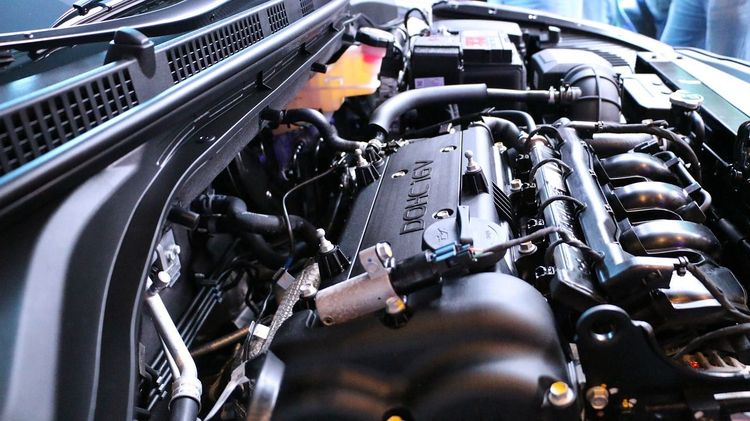Nvidia researchers have introduced “Eagle,” a groundbreaking family of artificial intelligence models that significantly enhances machines' ability to understand and interact with visual data.
Recent research published on arXiv highlights remarkable advancements in a variety of tasks, including visual question answering and document comprehension.
The Eagle models are at the forefront of multimodal large language models (MLLMs), integrating text and image processing capabilities. According to the researchers, “Eagle presents a thorough exploration to strengthen multimodal LLM perception with a mixture of vision encoders and varying input resolutions.”
Soaring to New Heights: Eagle’s High-Resolution Vision Transforms AI Perception
A standout feature of Eagle is its capacity to process images at resolutions up to 1024 × 1024 pixels, surpassing many existing models. This high resolution allows the AI to capture fine details that are vital for tasks like optical character recognition (OCR).
Eagle utilizes multiple specialized vision encoders trained for diverse tasks, including object detection, text recognition, and image segmentation. By integrating these visual “experts,” the model achieves a more nuanced understanding of images compared to systems that depend on a single vision component.
A comprehensive performance comparison of Nvidia’s Eagle AI model against other leading multimodal AI systems reveals Eagle's superior results across various benchmarks and underscores its key design innovations. The researchers noted, “We discover that simply concatenating visual tokens from a set of complementary vision encoders is as effective as more complex mixing architectures or strategies,” emphasizing the elegance of their approach.
Wide-Reaching Impact of Eagle’s Visual AI in Multiple Industries
Eagle’s advanced OCR capabilities are particularly impactful in industries such as legal, financial services, and healthcare, where efficient document processing is essential. Enhanced accuracy in OCR can lead to significant time and cost savings while minimizing errors in critical document analysis, which can improve compliance and decision-making processes.
In sectors like e-commerce, Eagle's performance in visual question answering and document understanding could refine product search features and recommendation systems, enhancing user experiences and potentially driving sales. In education, these advancements may lead to more sophisticated digital tools capable of interpreting and explaining visual content to students.
Nvidia has made Eagle open-source, providing both the code and model weights to the AI community. This initiative reflects a growing trend toward transparency and collaboration in AI research, which can expedite the creation of new applications and ongoing enhancements to the technology.
Nvidia emphasizes ethical considerations in its model card, stating, “Nvidia believes Trustworthy AI is a shared responsibility, and we have established policies and practices to enable development for a wide array of AI applications.” This commitment is vital as advanced AI models are deployed in real-world scenarios, where managing bias, privacy, and misuse is essential.
Nvidia’s Commitment to Ethical AI and Responsible Innovation
The launch of Eagle occurs amidst intense competition in multimodal AI development, with tech companies striving to create models that seamlessly integrate visual and language understanding. Eagle's exceptional performance and innovative architecture position Nvidia as a formidable player in this rapidly evolving landscape, likely influencing both academic research and commercial AI development.
As advancements in AI continue, models like Eagle could have applications that extend beyond current uses, such as improving accessibility technologies for the visually impaired or enhancing automated content moderation on social media platforms. In scientific research, these models could assist in analyzing complex visual data in fields like astronomy or molecular biology.
With its combination of state-of-the-art performance and open-source availability, Eagle not only represents a significant technical milestone but also serves as a catalyst for innovation within the AI ecosystem. Researchers and developers exploring this new technology may be paving the way for a transformative era in visual AI capabilities, fundamentally altering how machines process and engage with the visual world.







